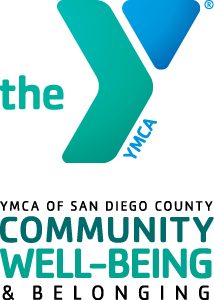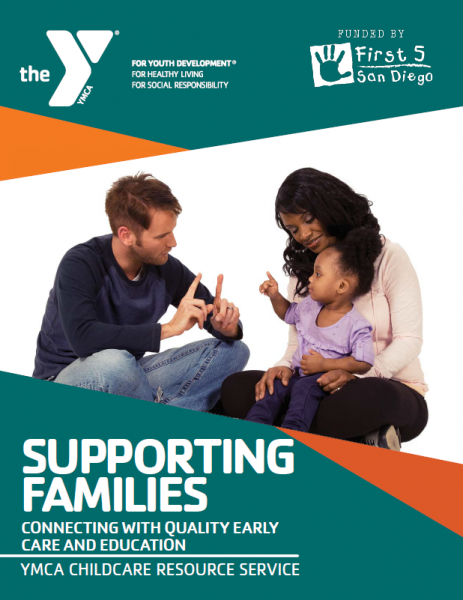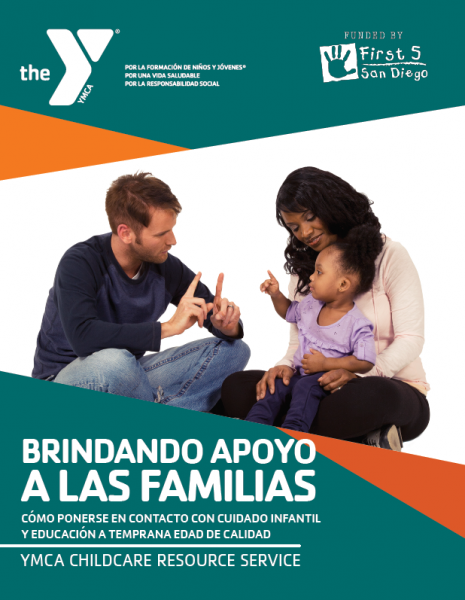Choosing Child Care
Our goal is to assist families find the best possible care that meets the needs of their child. When you invest time and thought in your search, you can find a child care provider who provides a secure, safe and nurturing environment for your child. We provide detailed information about the different types of care available to help you find the right care for you and your family.
Family Choice
Families have a choice on the type of care they can receive. If needed, families can mix and match early educational programs. For example, a child may attend a part-day program and receive wrap around care through a Licensed Center, Family Child Care Home (FCCH), or a family Friend or Neighbor (FNN). For more information, read more HERE.
Steps to Choosing
Child Care settings vary depending on the license capacity, facility type, and other factors. Begin by visiting several child care homes or centers. Always visit a home or center more than once. Stay as long as possible, so you can thoroughly assess the care. Even after you choose child care and your child has started attending, return periodically to make sure that care remains satisfactory.
On each visit, think about your first impression and continue to ask yourself these questions:
- Does the program look safe for my child?
- Do the caregivers/teachers who will care for my child enjoy talking and playing with children?
- Do they talk with each child at the child’s eye level?
- Are there plenty of toys and learning materials within a child’s reach?
Listen
By listening closely and asking yourself these questions, you will continue to gather important clues on the quality of the child care. A place that is too quiet might indicate insufficient planned activity. A place that is too noisy might indicate a lack of guidance.
- What does the child care setting sound like?
- Do the children sound happy and involved?
- What is the teacher’s tone of voice?
- Does the teacher seem cheerful and patient?
Count
- Count the number of children in the group and the number of staff members caring for them. Usually, the fewer the number of children for each adult, the more attention your child will get.
- A small number of children per adult is most important for babies and younger children.
- The license should be posted and list the number of children allowed for each age group.
Ask
The knowledge and experience of the adults caring for your child are very important.
- Find out about their special training.
- Ask about the background, education, and experience of all staff, including caregivers, teachers, and program directors.
- Ask the same questions about any other adults who will have contact with your child in the home or center. Quality caregivers/teachers are happy to answer these questions.
Be Informed
Find out more about efforts in your community to improve the quality of child care.
- Is your caregiver involved in these activities?
- Does your caregiver belong to any professional organizations?
- Has your child’s caregiver achieved accreditation or completed training that exceeds minimum requirements?
- Does the caregiver have child development units, or a college degree?
Health and Safety
Local health and building codes address the spread of disease and building safety. In the child care setting, caregivers protect children by making sure equipment is sturdy, toys are not broken, and adult areas are secured. The program should have health policies in place which are followed by providers to ensure healthy and safe practices, use this Health and Safety Checklist as a guide.
Click Below to Learn More About:
Child Care Options to Consider
Supporting Families Guidebook:



